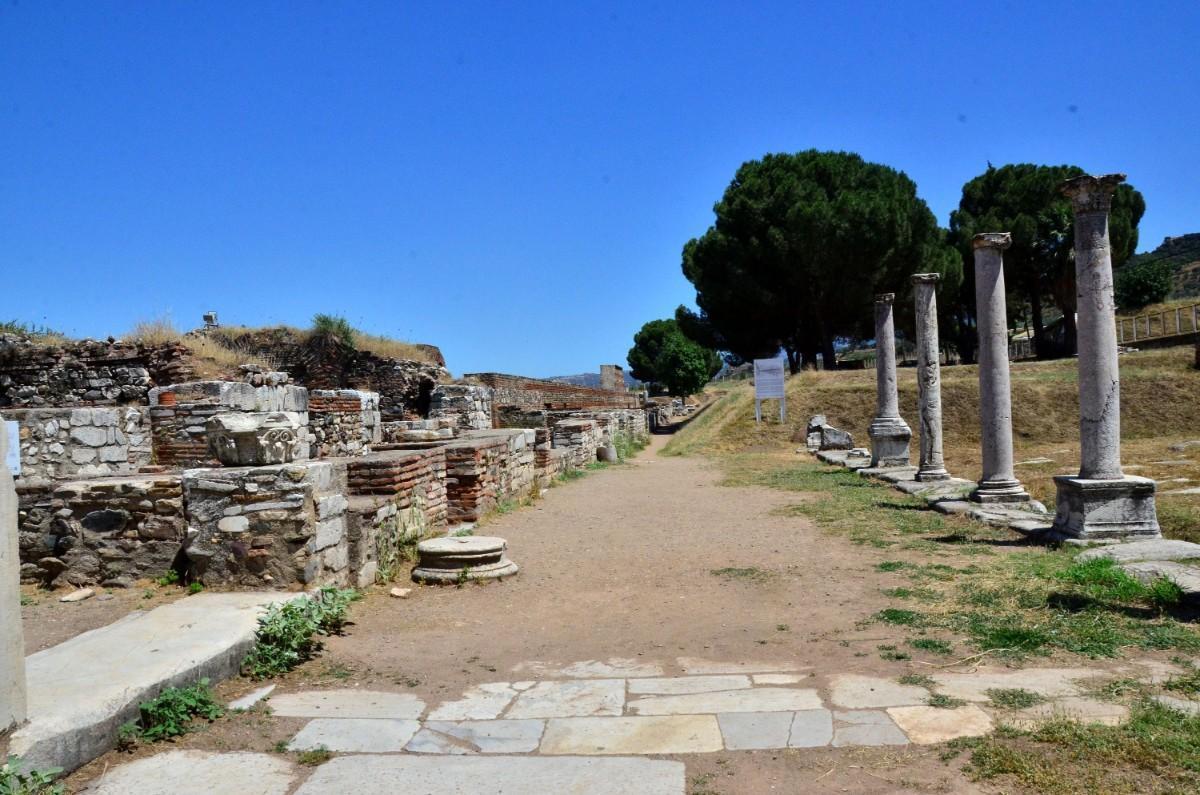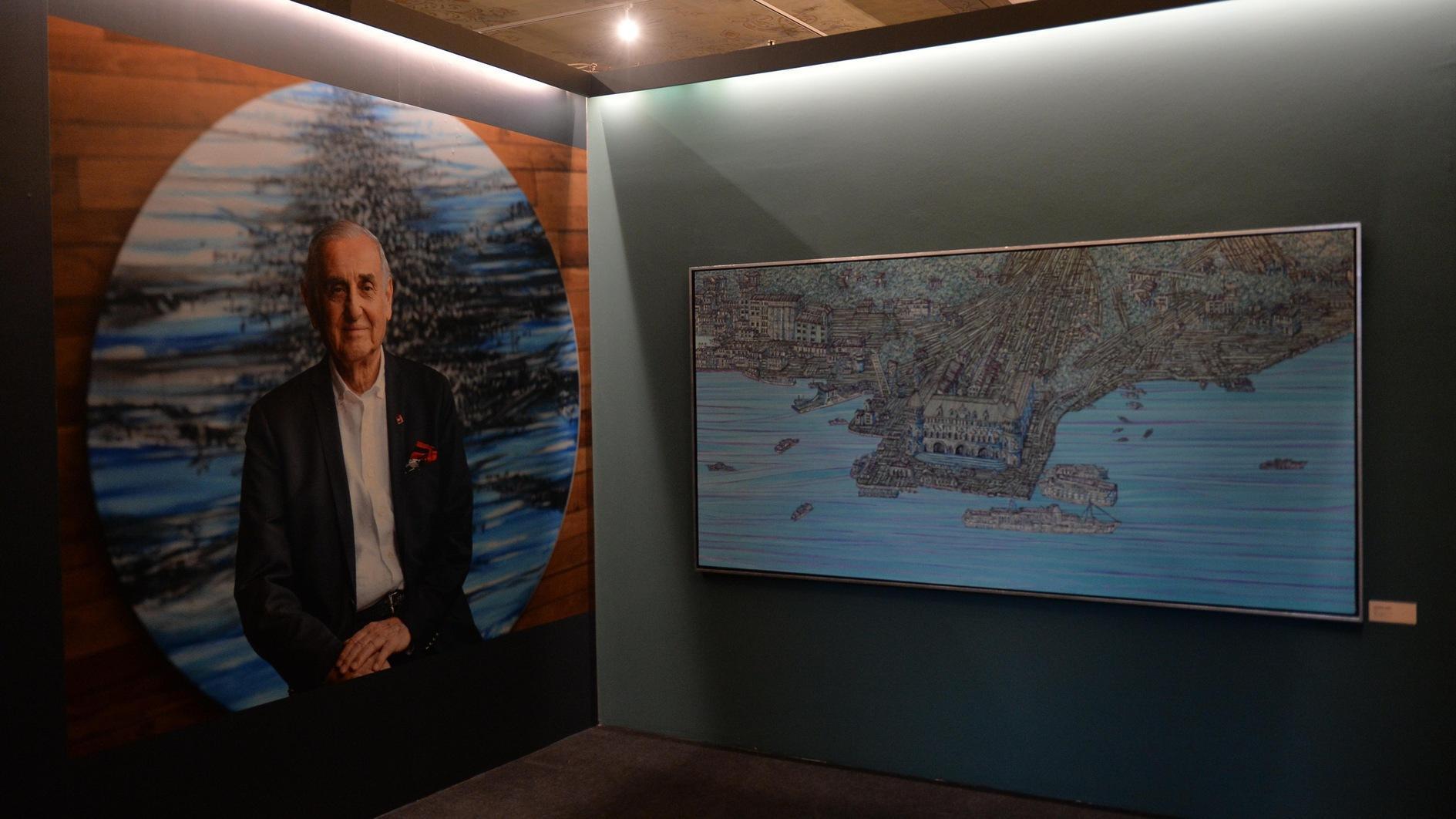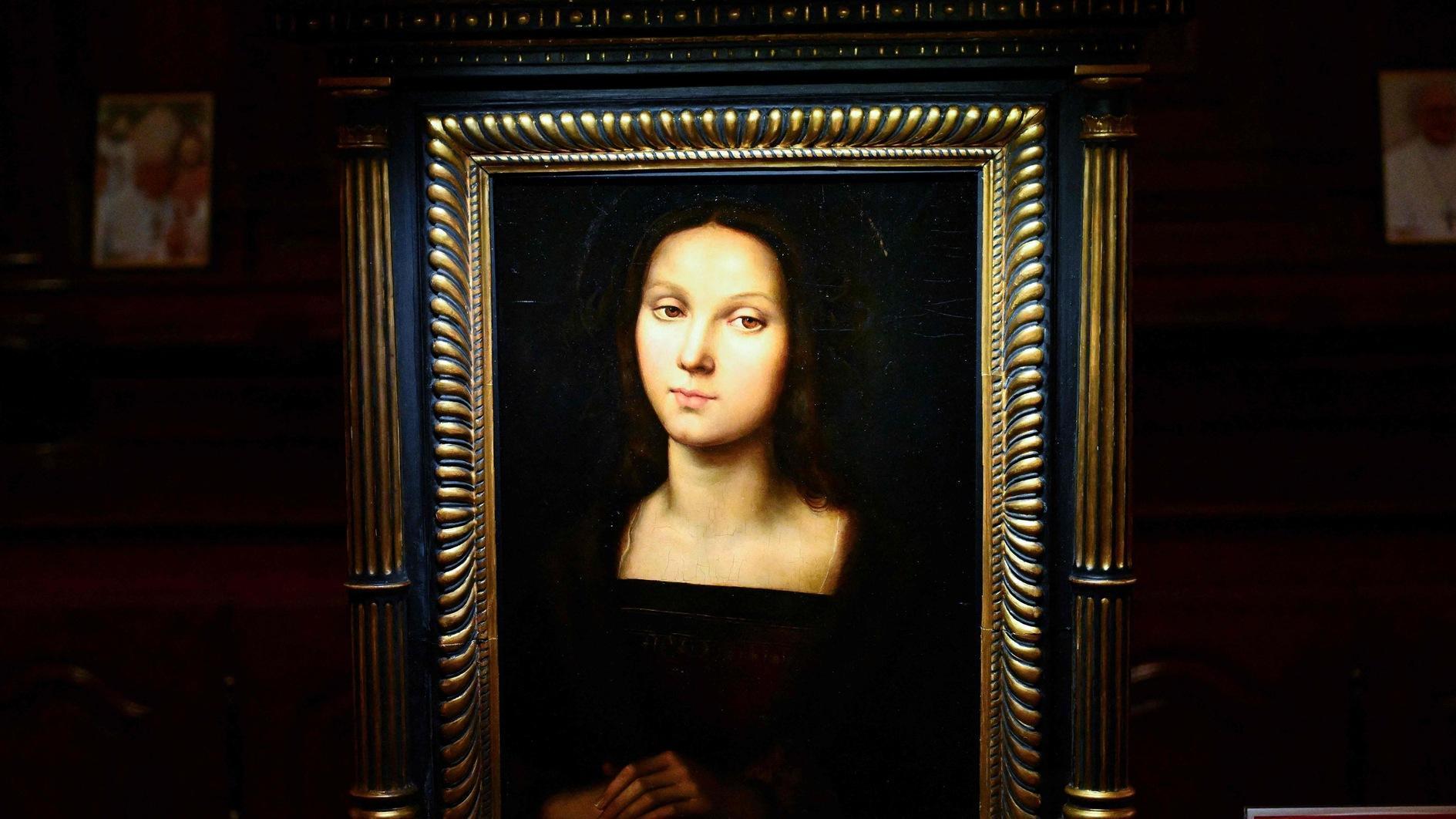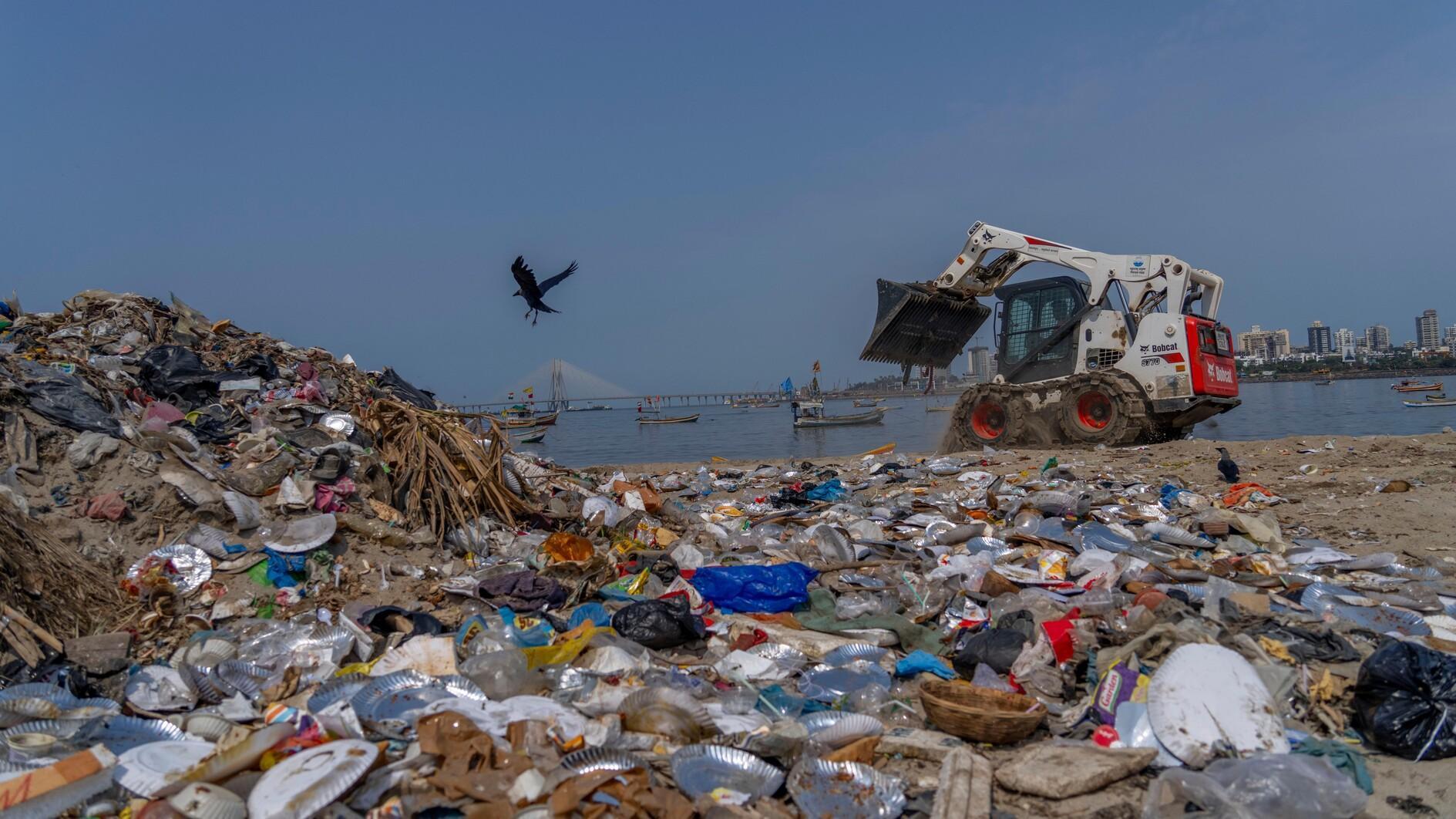Thermal heating used in ancient city of Sardis
MANİSA

Sardes, or Sardis, was the capital of the ancient kingdom of Lydia, one of the important cities of the Persian Empire, the seat of a proconsul under the Roman Empire, and the metropolis of the province Lydia in later Roman and Byzantine times.
The ancient city of Sardis in the western province of Manisa, where gold and silver money was printed and used for the first time in history, has attracted interest for its sewage system and thermal system used for heating in shops set up thousands of years ago.
The Salihli Tourism Association Honorary Chairman Researcher Mustafa Uçar said geothermal heating was used in the Roman era, and that the mathematician Thales, who came to Sardis in 600 B.C., built the sewage system in the city.

“They most likely started using geothermal heating during their reconstruction of the city after the big earthquake in the Roman era. There are small pools in some shops and houses. The Romans provided cold drinking water and thermal hot water for the city in certain hours. Those living in the city made backup for water in their pools,” he said.
“In the same way, in addition to the houses, there are thick water pipes made of baked clay that rise up in the walls in the places where the shops are located. Thermal water passes through these pipes to fill the pool behind the main building of gymnasium. At the same time, they fill the pools of houses and shops. Because the water is in motion, the houses are heated. Sardis was the first city that used thermal water for heating,” said Uçar.

City infrastructure built before Christ
Uçar said the ancient city of Sardis was an important city centuries ago, adding that scientists used to come to the city and were supported by kings.
“In 600 B.C., famous mathematician Miletos Thales came to Sardis and dried up the marshland north of the city. In the present day, the farmers who have found the pipes in their fields tell a story to highlight the richness of people living in that era. The story is that they milked animals in the mountains and sent the milk to the cities through these pipes so the queen could take a milk bath. The pipes found by farmers are the pieces of the sewage and drainage system built by Thales. They poured the marsh water here to the Gediz River and created yielded fields. In short, maybe Sardis is the first city in history whose infrastructure was built in the 600s B.C.,” said Uçar.
Sardis
Situated in the area of Sart in Manisa’s Salihli district, Sardis was home to many civilizations between the seventh century B.C. and the early Byzantine era.
The capital of the Lydian Kingdom in the ancient age, the city became rich thanks to agriculture, stockbreeding, trade and gold mining.
Sardis was also one of the Seven Churches of Revelation that played an important role in the growth of Christianity, while artifacts that have been unearthed there are now displayed at the Manisa Museum.
















